5 Ways to Reduce Baby Toxins at Home
A Gentle Guide for Conscious Parents
As parents, we do everything we can to protect our little ones - from baby-proofing corners to researching every ingredient in a diaper cream. But what about the hidden toxins lurking in everyday items?
Babies are more sensitive to environmental exposures than adults. Their skin is more absorbent, their lungs are developing, and their bodies are smaller - so even small amounts of toxins can have big effects. Fortunately, you don’t need to panic or overhaul your home overnight.
Here are 5 practical ways to reduce your baby’s exposure to toxins at home - starting with the things they touch, wear, and chew on every day.
1. Choose Organic Cotton for Everything That Touches Baby's Skin
From swaddles and sleep sacks to toys and teethers, fabric matters. Conventional cotton is often treated with pesticides and finished with chemicals like formaldehyde or flame retardants.
What to do instead:
-
Look for GOTS-certified organic cotton (Global Organic Textile Standard)
-
Choose products made with non-toxic dyes and water-based inks
-
Avoid synthetic blends and anything labeled “wrinkle-resistant” or “easy care” - these often use chemical finishes
2. Use Glass or Silicone for Feeding
Plastic baby bottles and sippy cups often contain chemicals like BPA, BPS, and phthalates, which can leach into liquids - especially when heated.
What to use instead:
-
Choose borosilicate glass bottles or food-grade silicone
-
Avoid heating plastic in the microwave or dishwasher
-
Look for nipples and pacifiers labeled BPA- and phthalate-free
Even BPA-free plastic can still contain endocrine disruptors, so glass and silicone are safer long-term choices.
3. Create a Non-Toxic Sleep Space
Babies spend up to 16 hours a day sleeping, which makes their crib one of the most important places to detox.
Safer sleep tips:
-
Choose a GREENGUARD Gold certified or organic crib mattress
-
Use organic cotton sheets and mattress protectors
-
Avoid crib bumpers and synthetic sleepwear
Look for crib sheets made with GOTS-certified cotton and skip unnecessary soft furnishings that may off-gas chemicals.
4. Switch to Gentle, Fragrance-Free Cleaners
Artificial fragrances are one of the most common sources of indoor air pollution and skin irritation. Many “baby-safe” cleaners still contain questionable preservatives or synthetic scents.
Safer cleaning swaps:
-
Use fragrance-free dish soap, laundry detergent, and all-purpose sprays
-
Try simple DIY solutions like vinegar + baking soda for surfaces
-
Use wool dryer balls instead of dryer sheets
For your baby’s laundry, we recommend washing with a mild, plant-based detergent - and skipping fabric softener entirely.
5. Rethink Baby Toys and Teething Products
Teething toys and loveys often spend hours in a baby’s mouth, making material safety critical. Unfortunately, many toys are made from:
-
Soft vinyl (may contain phthalates)
-
Painted wood (can contain lead or heavy metals)
-
Synthetic plush with flame retardants
Better choices:
-
Wooden teethers sealed with organic beeswax or food-grade oil
-
Organic cotton loveys and toys with minimal dyes
-
Handmade toys from verified safe suppliers
Small Swaps = Big Peace of Mind
You don’t need to be perfect to make a meaningful difference. Each swap - whether it’s a wooden teether or organic crib sheet - reduces your baby’s exposure to chemicals and creates a healthier home.
Start with what your baby touches and mouths the most, and build from there.


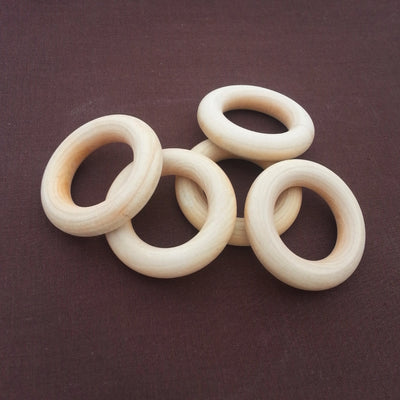
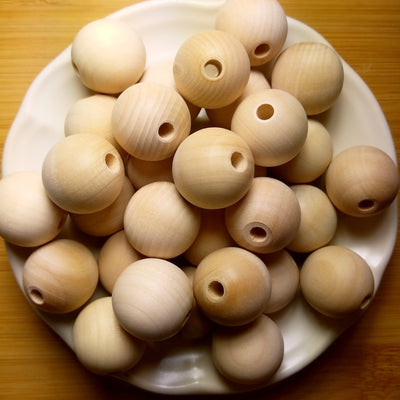
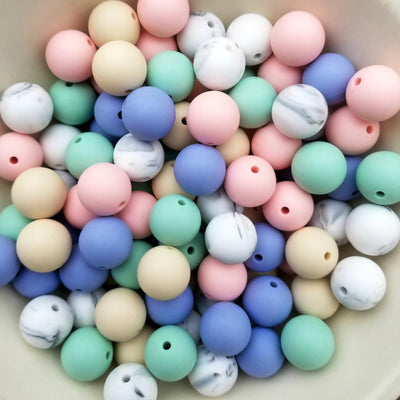
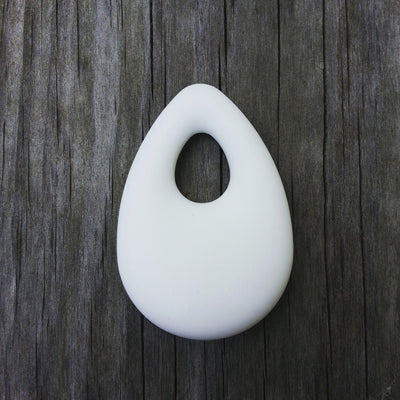
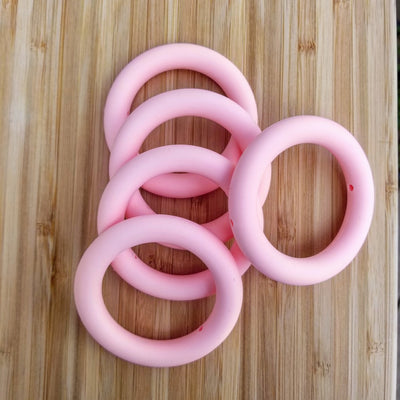
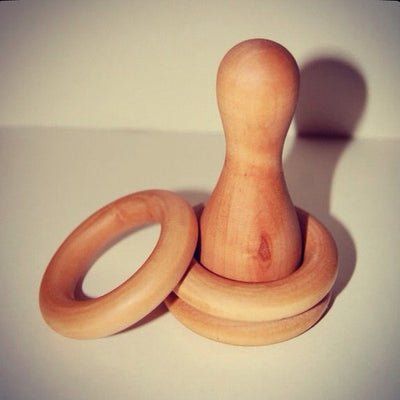
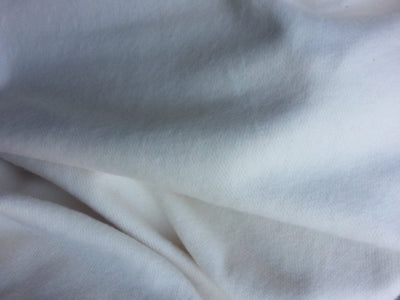
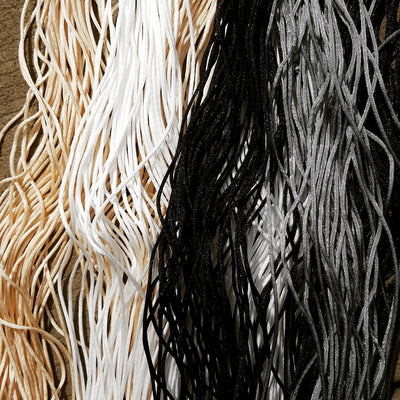
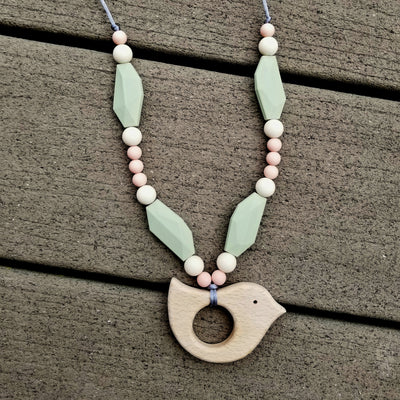
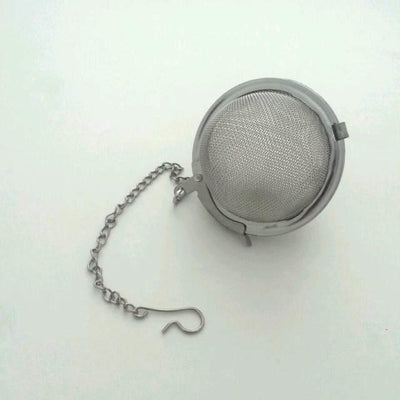
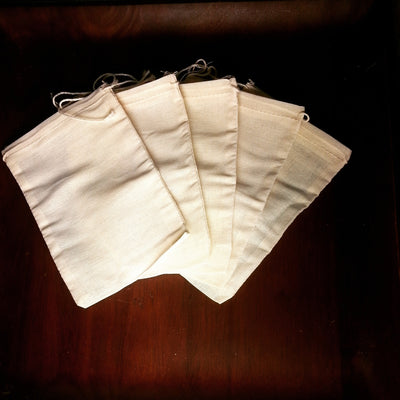
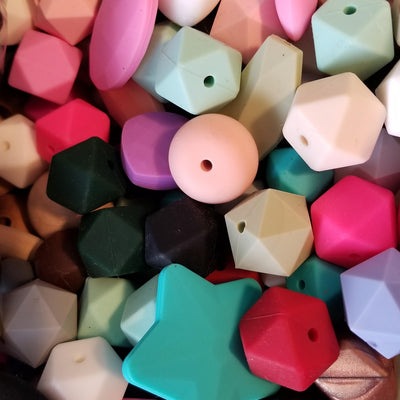
Leave a comment